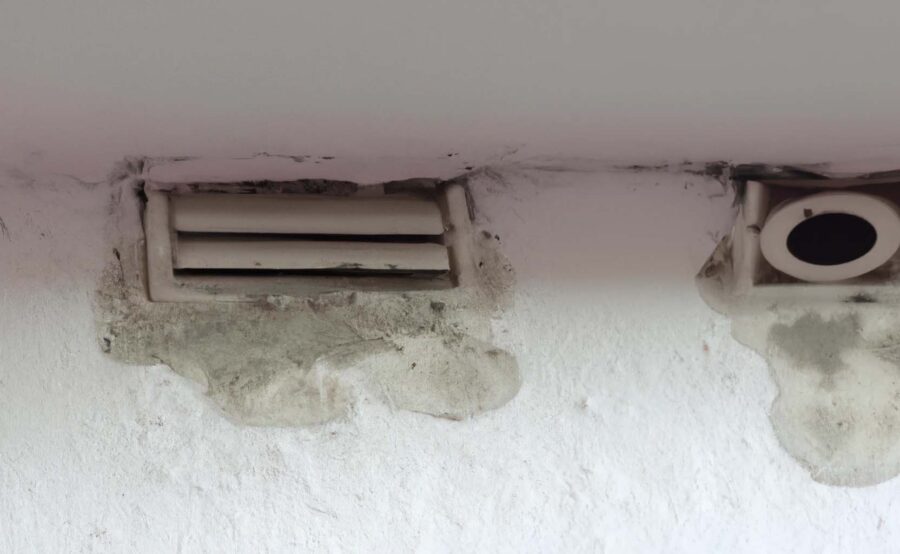If you live in an area with high humidity, you know that it can sometimes be difficult to keep your home comfortable. High humidity can cause a number of problems, including making it difficult to cool your home and causing condensation on surfaces. Keeping an eye out for the warning signs of high humidity in your home can help you take steps to correct the problem and make your home more comfortable. Condensation on Windows and Glass
One of the most obvious signs of high humidity is condensation on windows and glass. When high levels of moisture in the air come into contact with a surface that’s colder than the air, condensation will form. If you see condensation on the outside of your windows, it’s a good indicator that humidity levels are high.
1. Persistent dampness.
One of the first things you may notice if there is too much moisture in the air is that surfaces in your home feel damp all the time. This could be due to condensation on windows or walls or simply because there is so much moisture in the air that everything feels damp. If you notice this problem, it’s important to take steps to reduce the humidity in your home.
The best way to test for moisture in your home is by using a hygrometer. This inexpensive tool will give you an accurate reading of the humidity in the air. This reading should be around 40 percent. If the humidity levels get too high, they can encourage mold growth and damage your home. If you have a hygrometer, check it periodically to see if you need to adjust your humidifier output. 4. Never use a humidifier in a room where you are sleeping.
2. Mold and mildew.
Another sign that there is too much moisture in your home is the presence of mold or mildew. These can often be found in bathrooms or other areas where there is a lot of condensation. Mold and mildew can cause respiratory problems, so it’s important to take steps to remove them as soon as possible. In addition, they can also damage surfaces in your home, so it’s important to nip the problem in the bud before it gets out of control. Ice buildup on your windows can also be a sign of poor ventilation. If your home is too stuffy, cold air won’t flow in properly through the windows. This can cause ice to build up as the warmer air inside tries to force its way out.
3. Musty odors.
Musty odors are another sign that there is too much moisture in your home. These odors are caused by mold and mildew and can be very unpleasant. If you notice musty odors in your home, it’s important to take steps to reduce the humidity levels as soon as possible. Moisture levels in your home can be reduced by using air conditioning and dehumidifiers. Air conditioning will keep your home cooler, which makes it easier to maintain a low level of humidity.
4. Water stains on ceilings or walls.
Water stains on ceilings or walls are another sign that there is too much moisture in your home. These stains are caused by water leaks or condensation and can be very difficult to remove once they’ve set in. If you notice water stains on any surfaces in your home, it’s important to take steps to reduce the humidity levels right away to prevent further damage. 6. Mold
Mold is one of the more obvious signs that your home is too humid. Mold spores can grow on just about any surface, including wood and plastic. Mold will turn black when it has grown enough to be visible. If you see mold in your home, you should immediately call a mold removal specialist.
If you live in an area with high humidity, it’s important to be aware of the warning signs of high humidity in your home. By reducing the humidity levels, you can prevent many of the problems associated with high humidity, including mold and mildew growth, water damage, and musty odors. Keep an eye out for these warning signs so you can take action as soon as possible! Signs of high humidity in your home










Leave a Reply
Your email is safe with us.